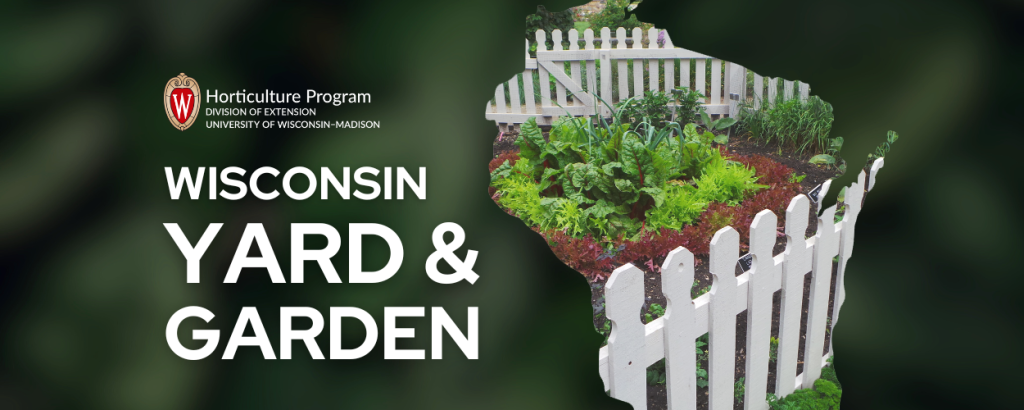
While you may not give it much thought, math plays a significant role in yard and garden care. Planning for planting, fertilizing, mulching, and pest control all involve math. While often overlooked, accurate figures are important.
For example, early fall is prime time for fertilizing lawns and the proper amount to purchase and apply is based on lawn size. Do you know the square footage of your lawn? Thinking of adding amendments to garden soils or creating new landscape beds this fall? Once again, accurate square footage is needed when determining necessary amounts of compost, mulch, or other materials.
Late summer is an ideal time to take measurements for current and future needs. Individual planting beds or garden areas can simply be measured and the square footage calculated. For example, the area of a garden measuring twenty feet by twenty-five feet would be twenty times twenty-five, or five hundred square feet. Once these figures are known, record them so they are readily available when needed.
Some basic formulas are needed to make these calculations. The area of a square or rectangle, as just calculated above, is simply length times width. Calculate the area of a triangle by multiplying base times the height and dividing by two. For circles, square the diameter (take it times itself), multiply by 3.14, and then divide by four. Diameter goes all the way across the circle, through the center, as compared to radius, which goes from center to edge.
Larger areas, such as lawns, can be calculated more than one way. One method is to take the entire size of the lot and then subtract everything that is not part of the lawn, including approximate square footage of the house, drive, deck, and gardens. An acre is 43,560 square feet. If your lot is ½ acre, divide by two; ¼ acre divide by four, etc. to produce overall base square footage. Another way is to break up the property into separate lawn sections and calculate the square footage of each.
Once square footage is known, proper amounts of seed, fertilizer, or amendments can be determined. Accurate figures also help when determining space available for transplants. Lawn fertilizer and seeding rates are based on rates expressed as pounds per 1,000 square feet. Product labels may indicate coverage given in square footage. When adding soil amendments to vegetable or flower gardens, product rates are typically given as pounds of material per one hundred square feet of garden area. Look closely to determine what unit is used with the rates.
Take time now to measure and make your calculations; it pays off later!

About the Author
Bruce Spangenberg is a Horticulture Outreach Specialist with UW-Madison Division of Extension. Get answers to your lawn, landscape and garden questions anytime at “Ask Your Gardening Question.”




